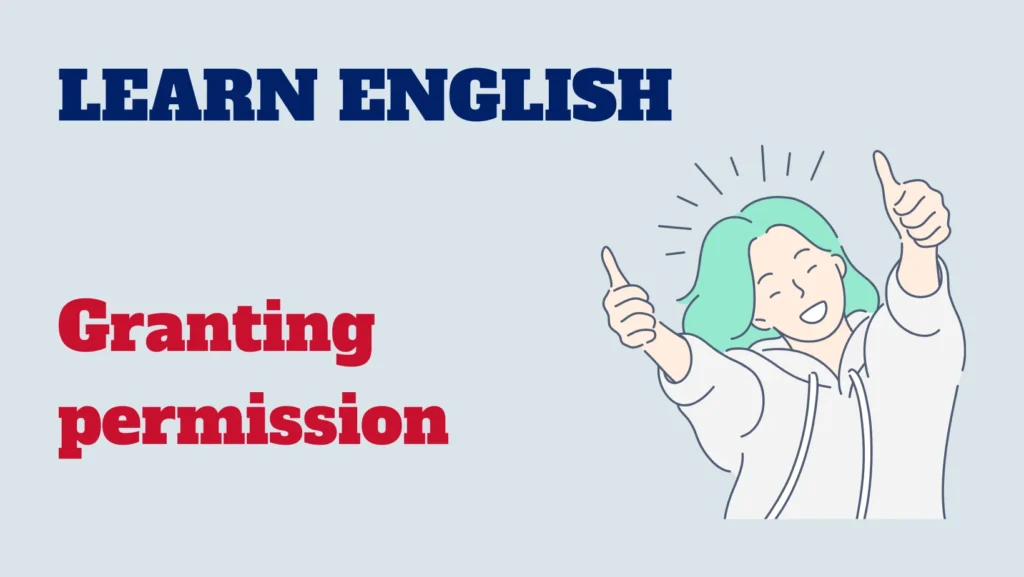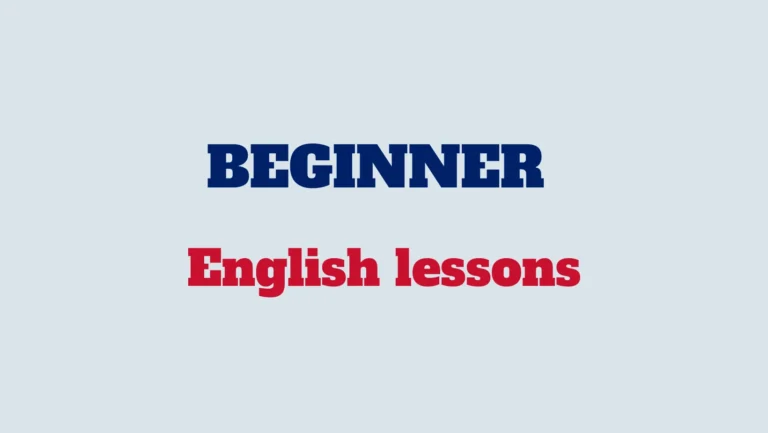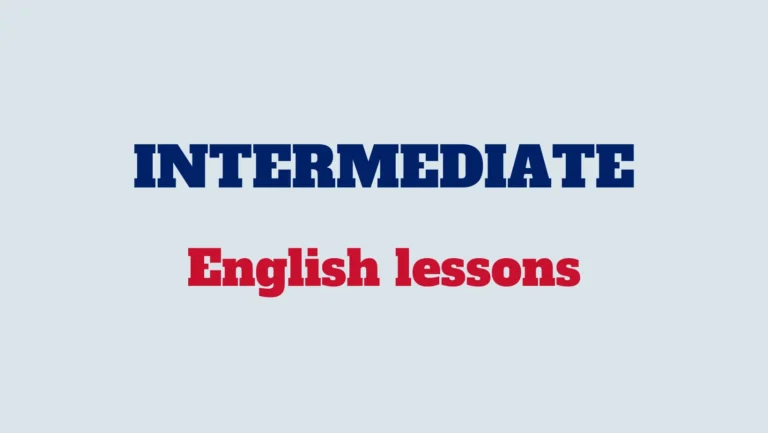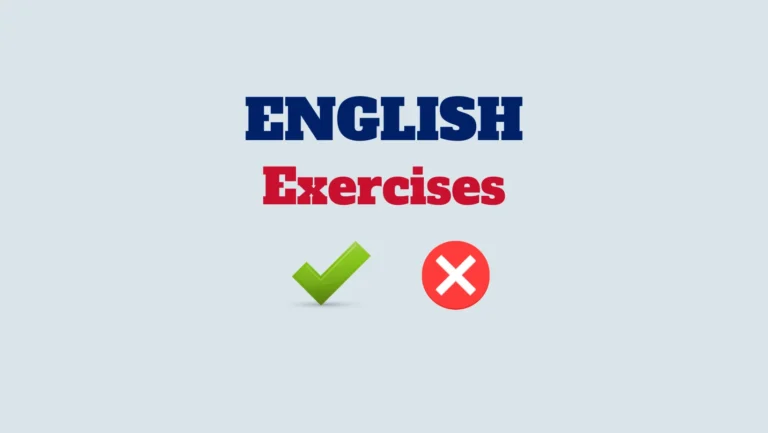In the process of acquiring a new language, it is essential to master common expressions for effective communication. Knowing how to grant permission is a key skill in all languages, including English.

In this lesson, we will explore the most common expressions used to grant permission in English so that you can use them confidently in your everyday conversations.
“Can” followed by the base form of the verb
One of the simplest ways to grant permission in English is to use the verb “can” followed by the base form of the verb.
For example:
You can go out with your friends tonight.
You can use my car this evening.
“Have permission to”
Another common expression for granting permission is to use the phrase “have permission to.” Here’s how to use it:
You have permission to leave school early today.
You have permission to use this space for your project.
“Be allowed to”
The expression “be allowed to” is also frequently used to indicate permission:
Children are allowed to enter this room.
You are allowed to take photos here.
“It’s okay” or “Okay”
When informally asked for permission, you can simply respond with “It’s okay” or “Okay”:
Can I borrow your book?
Yes, it’s okay.
“Sure”
To express affirmative permission positively, you can use “Sure”:
Can I use your computer?
Sure, go ahead.
“Go” followed by the base form of the verb
A more informal and familiar expression is to use the verb “go” followed by the base form of the verb to grant permission:
You can go take a break if you want.
Go have my house for your birthday party.
Now, you have at your disposal some of the most commonly used expressions for granting permission in English. By incorporating these expressions into your daily interactions, you will be able to communicate permissions smoothly and naturally. Practice them regularly to gain confidence in your use of the English language and seamlessly integrate into various conversations.



